Eighty years ago next week, Balham suffered one of the worst bombing raids of the Blitz – and made a recovery which continues to inspire
At 8.02pm on October 14, 1940, a 1,400kg bomb fell by the doorway of United Dairies on Balham High Road.
The explosion destroyed the roof above the northbound platform of Balham underground station where 500 people were sheltering from the air raids.
But it was not the bomb itself which caused an estimated 66 deaths among those hiding away.
A double-decker bus driving past fell into the crater and ruptured a water pipe, drowning many of those on the platform.
If it weren’t for a London Transport staff member sheltering on the platform with his family, who knew the tunnels of the station and led scores to safety, the death toll may have been in the hundreds.
Although it took a further two months for the last bodies to be recovered, the station was fully functional once again by January 1941.
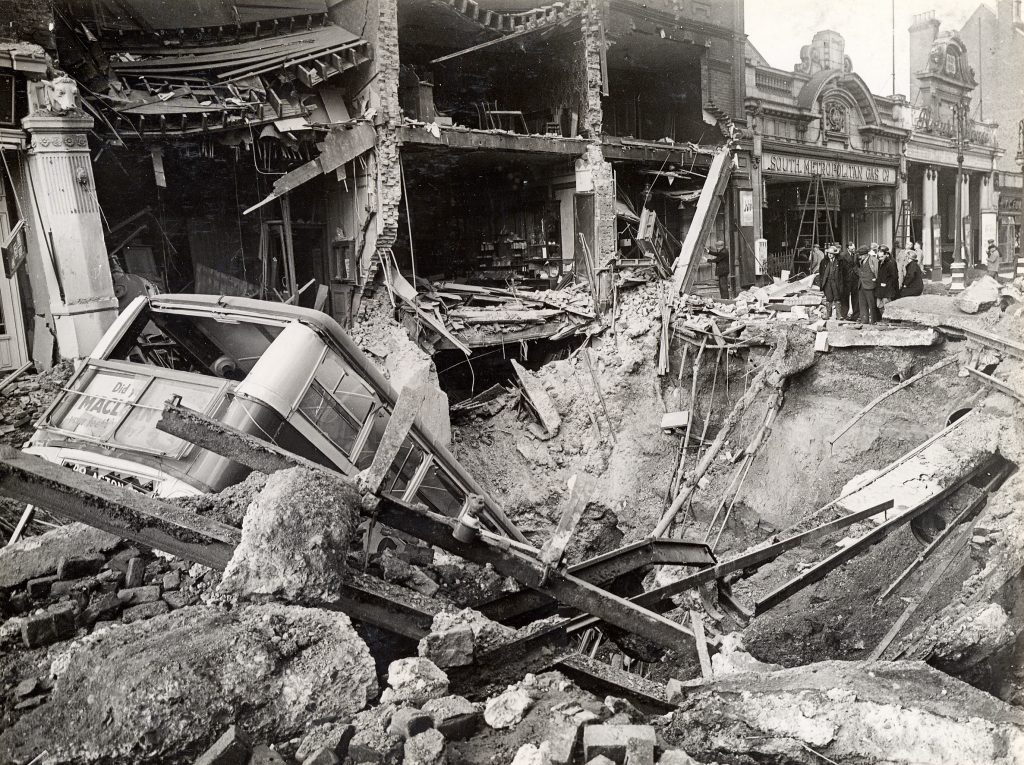
Matt Brosnan, Head Curator of the London Transport Museum, praised Balham for its return to normalcy as a symbol of the capital’s recovery effort after the Blitz bombing.
He said: “Given the nature of the destruction, the station was closed for a very short space of time.
“And despite the intensity of the air raids and the huge impact it had on roads, stations and the trolley bus network, London Transport did an amazing job to keep things running and complete rapid repairs.
“Even during the blackouts, London buses continued to run with hoods over their headlights and painted white mudguards to increase their visibility without being noticed. The constancy and durability of the network became a symbol for the national war effort.”
The Museum will reopen its Transport During Wartime exhibit on October 17.
The bus driver, who survived the bomb, recalled his experience to historians Anthony Shaw and John Mills.
He said: “The bus began prancing about like a horse and the next thing I knew was that I was lying in a shop doorway.
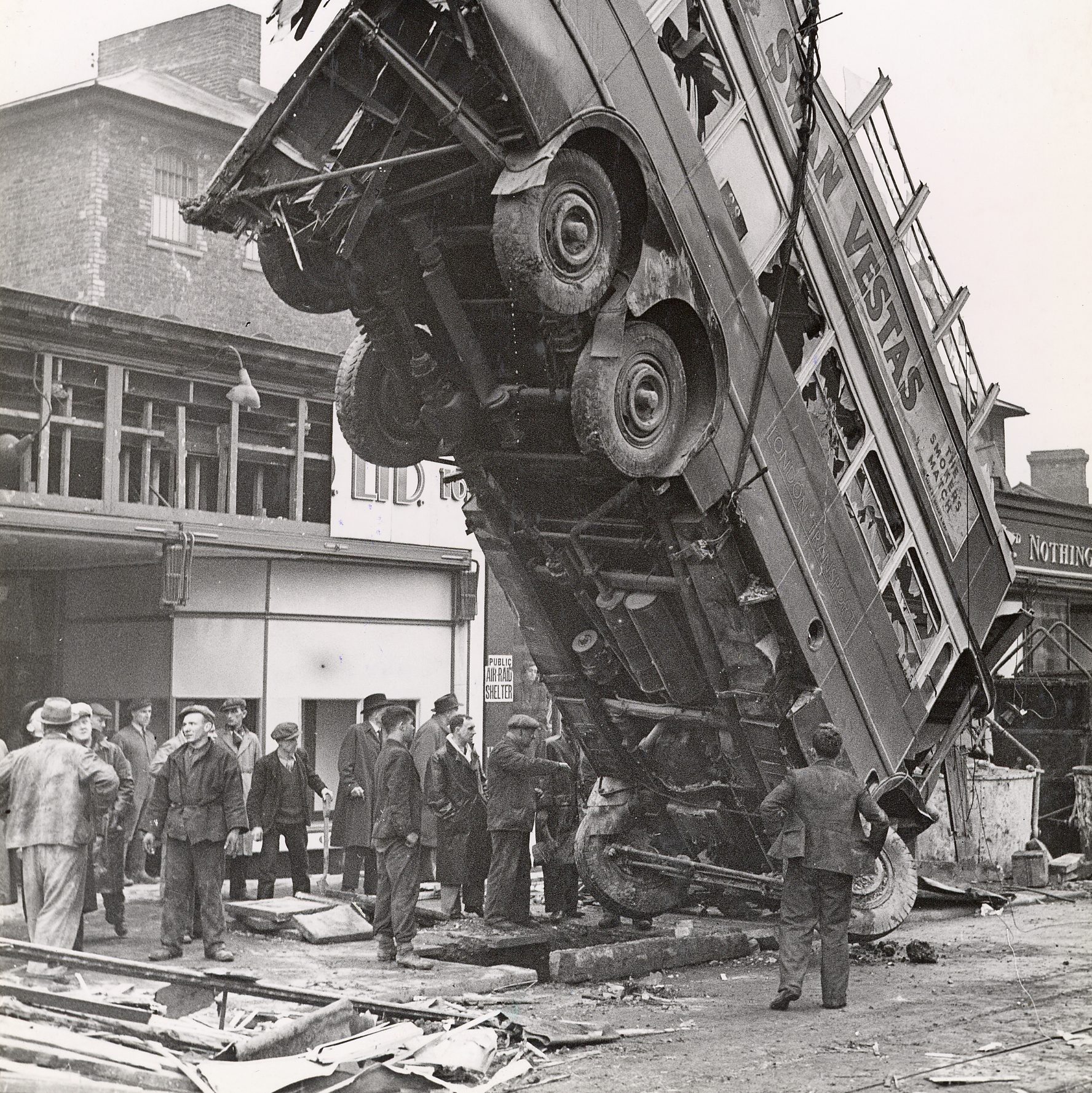
“After leaving a First Aid post, I went back to my bus. At first, I thought somebody had moved it but when I got closer, I saw to my horror that only the roof was protruding from the crater.”
Predictably, little was said of the incident at the time.
A report by the Home Guard Wandsworth Central Division simply stated: “Balham High Road. In front of 178. (Balham Tube)”.
The bombing barely made page 3 of the next morning’s Wandsworth Borough News, which described air raid damage as “on a smaller scale than usual”.
Focusing on the narrow escape of cabinet minister and Wandsworth resident Ernest Bevin, the paper reported: “Many people were in the shelter, but because of their amazing coolness the casualties were not heavy, though a large death toll was at first feared.”
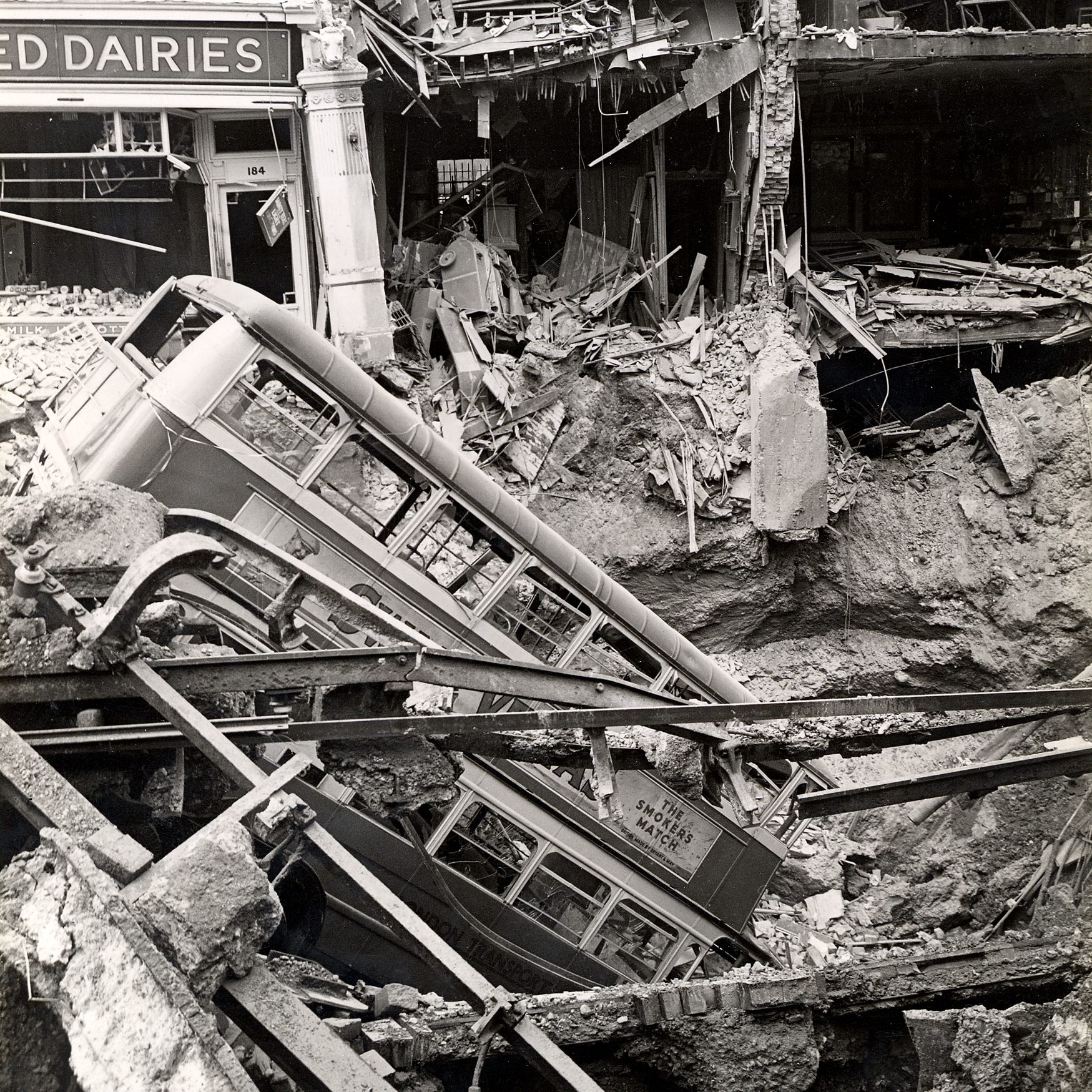
Thanks to dutiful record-keeping by the Home Guard, the names of the 66 identified victims are publicly accessible and maintained by the Wandsworth Heritage Service at Battersea Library.
They include five members of the Brown family of Hillingdon Street, including daughters Constance, 14, and Joyce, 12.
The youngest victim was 4-year-old Michael Ravening of Oakmead Road, who died with his mother Elsie, 35. Arthur George Sexton, also 4, was killed alongside his parents Alfred and Maud, 46 and 34 respectively.
Roy John Dibble, a 97-year-old of Tate Street, Lambeth, was the eldest victim of the tragedy.
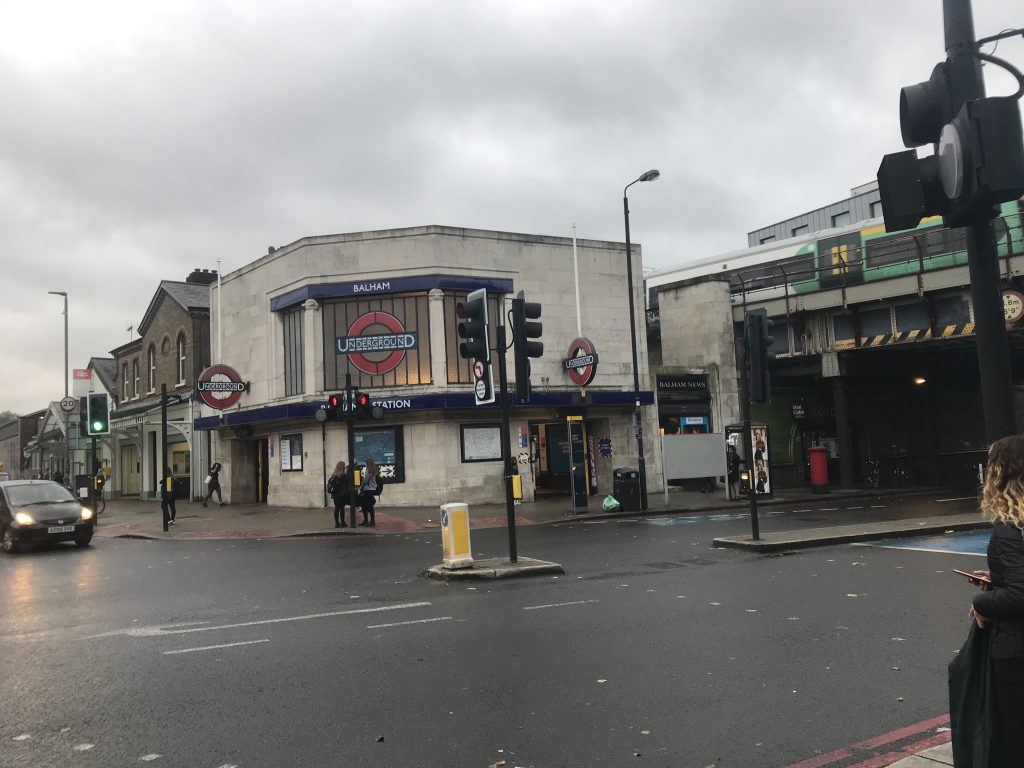
Featured image: © TFL from London Transport Museum’s Collection
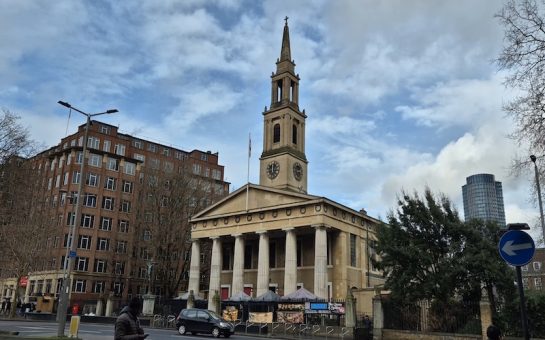
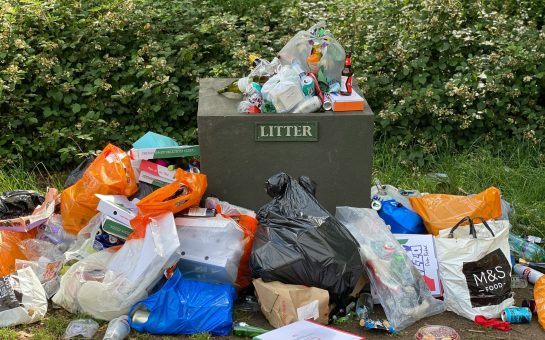
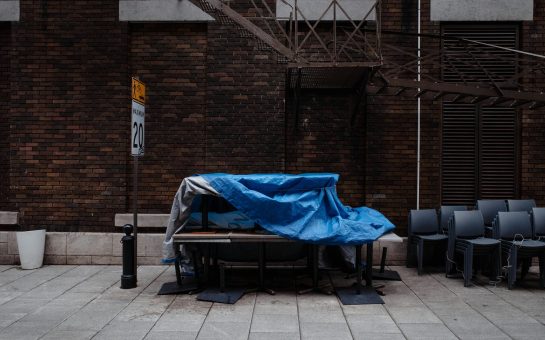


Join the discussion
[…] There’s a very good article about the casualties and how the incident was reported in the press, here:https://www.swlondoner.co.uk/news/08102020-balham-looks-back-at-blitz-bombing-80-years-after-tube-st… […]
[…] Eighty years ago next week, Balham suffered one of the worst bombing raids of the Blitz – and made a recovery which continues to inspire SW Londoner […]